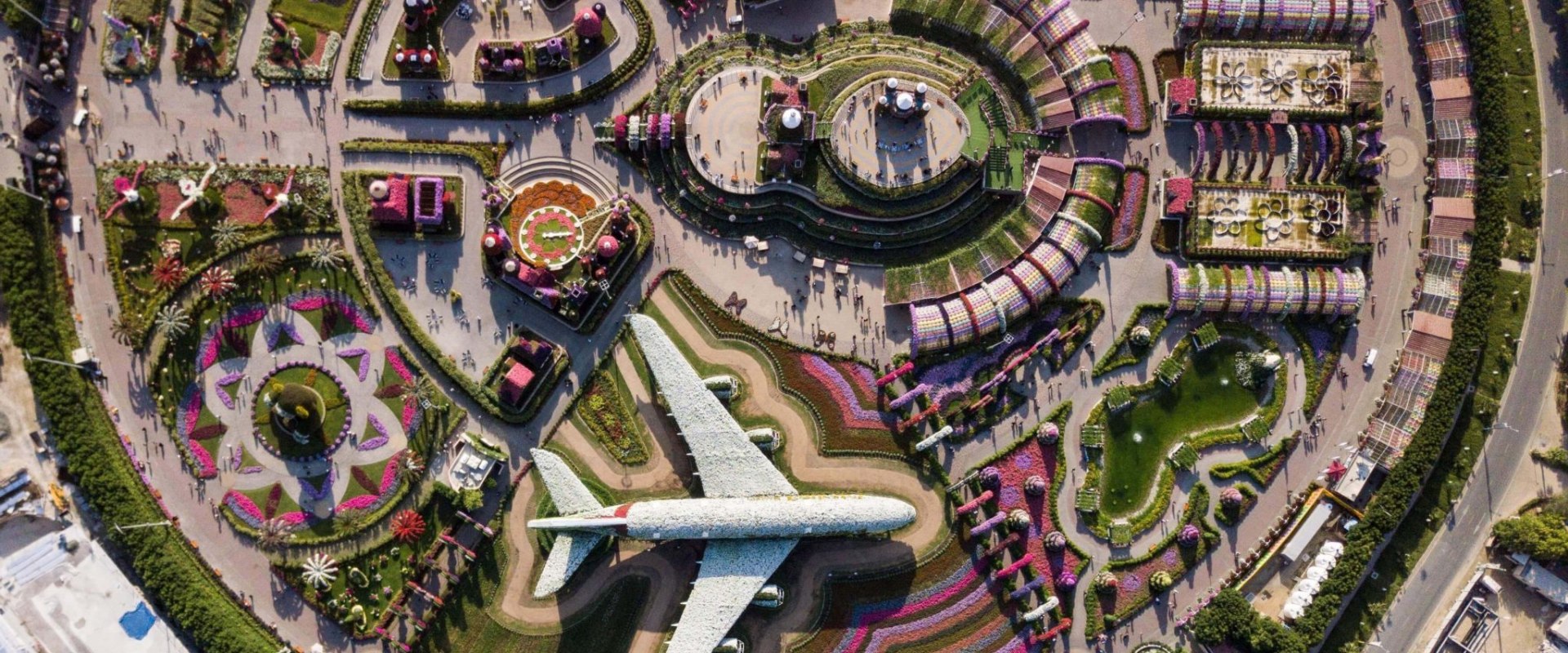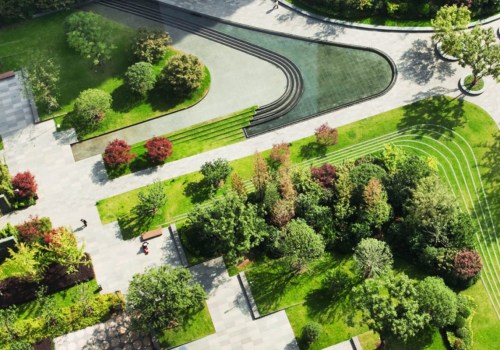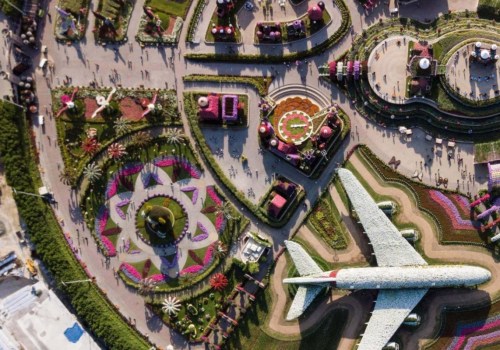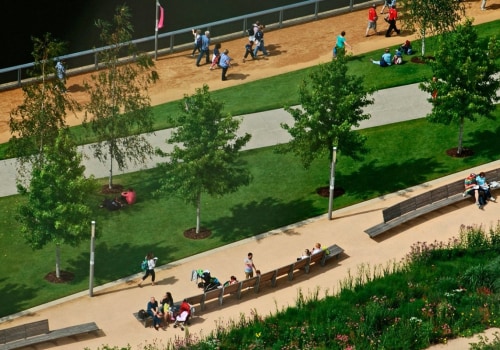However, landscape architecture provides essential infrastructure that does much more. Engineered landscapes can prevent soil erosion around buildings and other developed areas, clean stormwater runoff by filtering pollutants, encourage groundwater recharge, and provide valuable shade to protect buildings and people. Landscape architecture is important to the environment for several reasons. It allows you to use fewer resources, produces less waste, supports recycling where possible and uses policies that achieve long-term results.
Landscape architecture focuses on the relationship between people and the environment. Landscape architecture deals with landscapes of all types, both urban and rural, and at all scales. It ensures that the functionality of the project is not lost, while remaining in tune with the environment and at the same time addressing user needs effectively. The environment cannot be fully controlled, but it can be mediated well for our benefit, which is what landscape architects are trained for.
Landscape architects are also in faculties in the departments of architecture, art, planning, and other related fields, and teach in community colleges and continuing education programs. Each state sets its own requirements for registration, but all require candidates to pass a national exam (the Landscape Architect Registration Exam, or LARE). Landscape architecture is about creating safe, sustainable and resilient landscapes, landscapes that evolve but endure over time. The second Master of Landscape Architecture (MLA) is for individuals who have an undergraduate professional degree in landscape architecture.
The landscape architect evaluates site conditions and regional climate to develop an appropriate planting, irrigation and landscape lighting plan. Nowadays, people are more aware of the importance of preserving the environment, and because of this, landscape architecture is now considered more important than it used to be. Visit the alumni section of this website to see where graduates of the Robert Reich School of Landscape Architecture are working and see their work. Just take a look at these 10 of the world's best urban projects, though it's just a glimpse of what the world's landscape architects have to offer.
Today, landscape architects are dealing with the increasingly complex relationships between built and natural environments. The Council of Landscape Architectural Registration Boards (CLARB) develops and administers the LARE, and also maintains up-to-date information on licensing requirements in various states. Landscape architecture requires a varied approach involving environmental science, art, ecology and sometimes leads to other outcomes, such as the restoration of endangered wetlands and the replenishment of With the world trying to seek sustainable and greener options in all aspects, the architecture of the landscape is evolving as a fast-growing field. However, these gardens are not just areas to showcase plant diversity, but rather places where people can learn while enjoying beautiful landscapes.
It is a very complex process that includes contributions from professionals such as engineers, ecologists and landscape architects. Assessing Landscape Quality and Determining Remediation Requirements Before starting design development, the site should be evaluated.





Leave Reply